Virtual Field Trips with Google Cardboard
Google Cardboard is an affordable virtual reality viewer. The sets are typically made out of cardboard or plastic, keeping them cost-effective and easier to use in classrooms. By sliding a smartphone that has the Google Cardboard app installed into the headset viewer, users can experience a 3D virtual reality at a low cost.
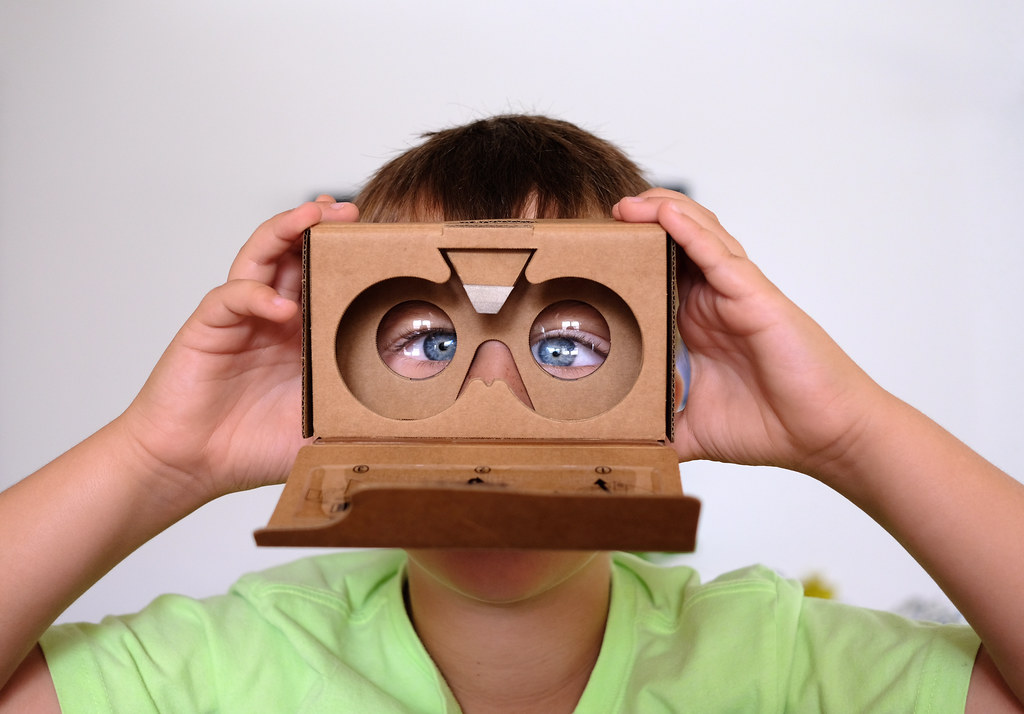
Using Google’s Arts and Culture Expeditions, students can use their Google Cardboard headsets to take virtual field trips to a variety of places. The tool allows you to choose from five different subjects; Science and Technology, Arts, Geography, Natural History, and History. For this post, I’ll be discussing a virtual field trip that is useful for history classes.
There are multiple topics under the history tab from ancient history to Black history. By clicking on the Egypt option, viewers can take a 360-degree tour of the Pyramids at Giza. Each slide gives a brief description of the history.

After touring the pyramids the expedition moves on to teaching about The Great Sphinx. These slides give a history of The Sphinx and some fun facts as well as a 360-degree view of the historic site. Following these slides, a brief overview of the Mastabas, the structures used as tombs for nobles located near The Great Sphinx, is given as well as a tour of them.

Many other important historical locations throughout Egypt are shown in this expedition including the boat pits located at the bottom of the Khufu’s Pyramid, the Causeway, and Cairo.
On the main page for the Egypt expedition, there are even more stories to be found including Myths and Heroes and The Curse of Pharaoh Tutankhamun. Below the stories collection is 8,910 items that students can view to explore Egypt even more in-depth.
These expeditions with Google Cardboard are a great way to give students a new view of history. The tool allows them to step into the location or the time period through virtual reality, giving them a better understanding of the subject. Using Google Cardboard to teach students about the culture and rich history of regions all around the world can be made easy with the use of virtual reality.

Thank you for reading!
Samantha Pollina
Out of Eden Walk
In 2013 Paul Salopek began his journey, traveling in the paths of ancient migration patterns, titling it, The Out of Eden Walk. He documented his travels through writing, video, audio, and pictures. Every 100 miles he marks his recordings. In this post, I will discuss three of the locations Salopek documented.

Salopek began his journey in Africa, in the Ethiopian Rift. He provides a panorama view of his first milestone, showing a group of people, a vehicle, and the desert. Idoli Mohamed, an Afar pastoralist is the first encounter he writes about on his journey. He asks him three questions; who are you, where do you come from, and where are you going? Idoli answers he is a pastoralist however, he doesn’t want the same life for his children. He would prefer for his children to attend school. Idoli explains people say the Afar people are from Tadjoura, Djibouti. He says that if they can be educated they could go anywhere.
At every milestone, Salopek takes a picture of the earth and the sky. In his first milestone, he shows the pile of goat dung he stands on at mile 0 of his journey and the sky, showing how bright the sun is, describing it as a “blast furnace.” Even in the picture of the sky, it’s easy to see that there are very few clouds and there are no trees for shade. This shows how brutal the conditions are in the area.

On day 654 of his journey, Paul Salopek is near Mt. Subhan, Turkey. At this point, he has traveled 2600 miles. He wrote Mt. Subhan is an extinct volcano, “it’s cone arrowed 13,000 feet into space and was very stormy. You rarely saw the summit.” The panorama shows green grass-covered hills, their cargo horse, and his traveling partner. While there are some clouds that can be seen in his panorama, none are seen in his earth and sky picture, again showing how brutal the sun is.
Salopek encounters two young boys, Yusef (14) and Eyep (15). He asks the boys the same three questions; who are you, where are you from, where are you going? Eyep answers for both of them, they are cousins from Turkey, he wants to be a teacher and Yusef wants to become a geological engineer.

Milestone 74: Every Story Contains Silences
Milestone 74, 3184 days and 7550 miles into the journey, is Salopek’s most recent milestone, posted on October 26, 2021. In the introduction, Salopek explains that he had to put the trek on hold for 20 months due to the Covid-19 Pandemic due to closed borders. He explains that crossing the border into China became completely impossible when Myanmar’s army took power in a coup. In order to continue his journey, he needed to take a plane into China. This means he skipped 251 miles, and two milestones.
At this milestone, he meets flower farmer Jiang Ji Bing. Again, he asks the three questions. Jiang Ji Bing answers that he plants flowers that are used for medicinal purposes, he is from Tengchong, and once the flowers are picked he is going back home.
Jiang Ji Bing’s flower farm is pictured in this milestones panorama, as well as mountains and buildings. In the earth and sky pictures, Salopek is standing on a partly paved path, much different than the previous two milestones discussed in this post. This shows how different each area he visits is. Some are completely barren, some are in the middle of nowhere, and some are in the middle of cities or farms.

The Out of Eden Walk is a great resource for students. This could be used in a history classroom to discuss ancient migration patterns. The documented journey is also great for showing students the diversity of the world through people, cultures, and environments. Paul Salopek showcases his journey in a way that focuses on archaeology, culture, environments, and more. This is an important resource to educate students on the social and ecological aspects and difficulties of different people around the world.
The site also features an “In the Classroom” tab which provides resources for students and teachers about the Out of Eden Walk. It offers resources from National Geographic, the Out of Eden Walk homepage, and the Pulitzer Center. These sites provide outlines, lesson plans, and educator notes.
Below is an introduction video posted on Vimeo for the Out of Eden Walk.
Thank you for reading!
Samantha Pollina
WE Are Silent: Teaching Children’s Rights

This week I took a look at WE.org, a website that provides resources and campaigns to change the world. It provides not only campaigns and volunteer work for anyone who wishes to become involved in bettering the planet, but also educator resources. Using the WE Virtual Learning Center teachers can locate lesson plans and other resources that focus on educating students on ways to promote a healthier society.
Through this website, I located a great lesson plan to utilize in a high school Social Studies classroom. The lesson focuses on children’s rights. The resource provides multiple days of plans, however, I will be focusing on Lesson #3. This lesson allows students to become aware of the denial of rights to children globally and how to become an advocate.
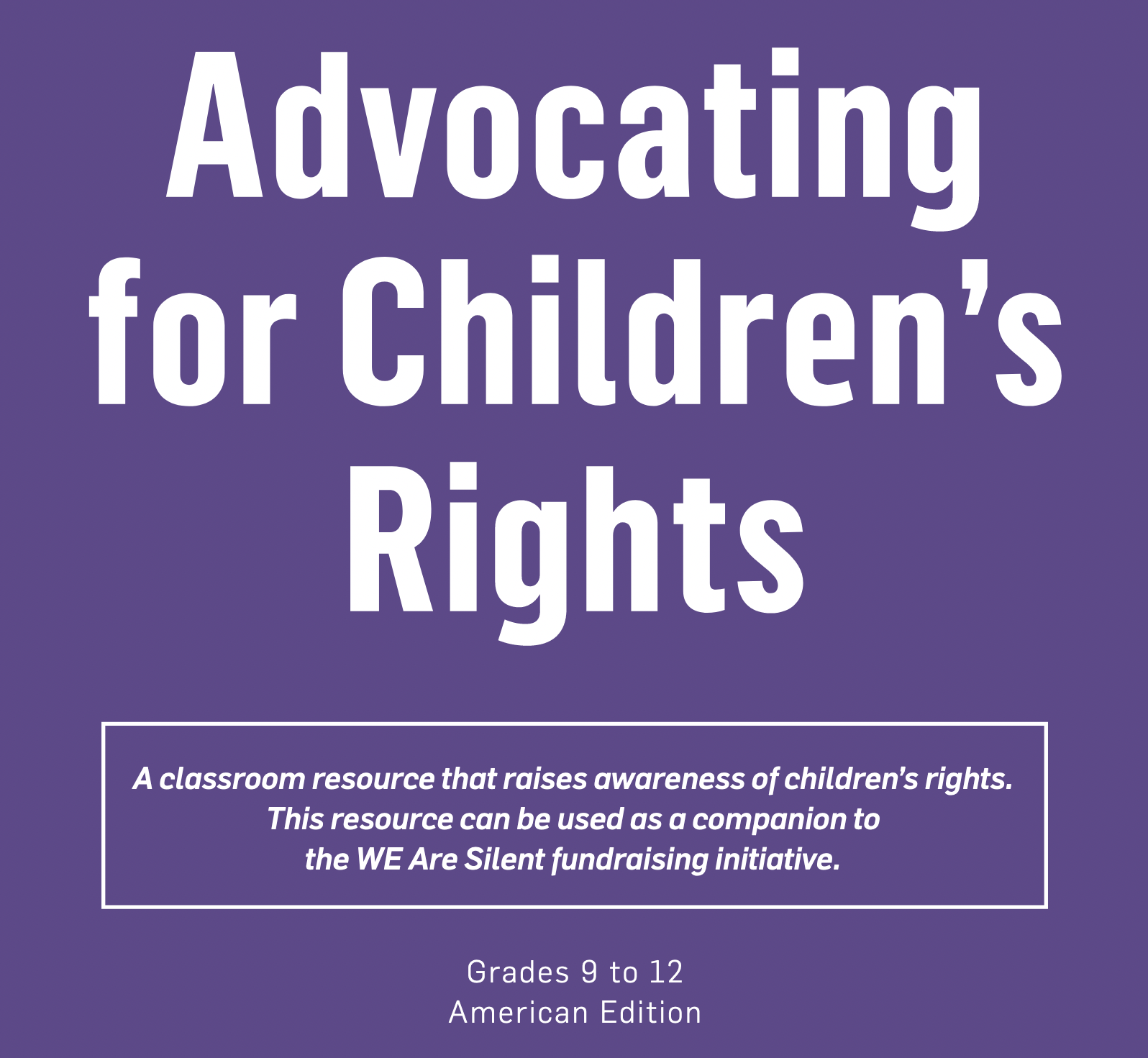
The lesson begins by telling the story of Malala Yousafzai, a young girl from Pakistan who advocates for the educational rights of girls. The plan provides a video as well as multiple questions to use for class discussion. This will provide students to share what they have learned so far, their point of view, and ask any questions they may have.
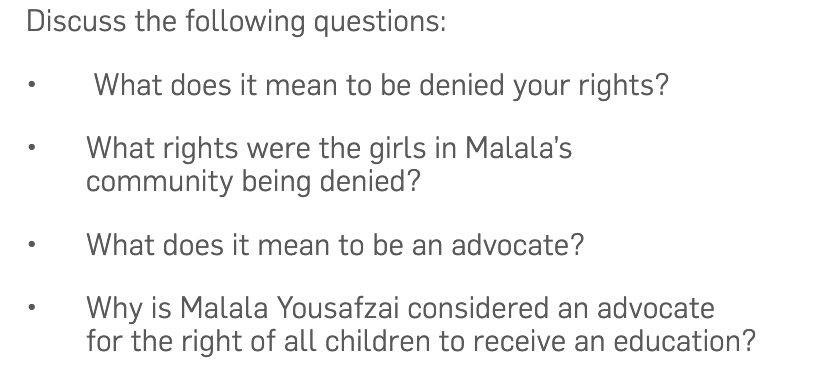
Next, the class will be divided into groups and provided a sheet of chart paper. Each group will answer the question “How are children and young people denied their rights?” The groups will then write constructive feedback on each other’s charts (using different colored ink).

The class will then discuss their charts and what the other groups wrote on their charts. Students will then provide an example of children being denied their rights and how they could become an advocate for those children. This will assess the learning of each student.
This lesson plan provides students with knowledge of children’s rights and advocacy. It also teaches them about the story of Malala Yousafzai and Pakistan. Students will be able to display their ability to write coherently and determine the meaning of words and phrases. This is a great lesson to use in a high school Social Studies class that teaches students about diversity and human rights as well as tying in the Sustainable Development Goals.
Thank you for reading!
Samantha Pollina
Hyperdocs for History Classrooms
A HyperDoc is an interactive tool, typically a document or slideshow, that consists of multiple links, videos, and assignments for students to complete. The assignments will be based on the links the students follow or the videos they watch. The assignments can even be links to a separate document for students to type their answers in, or another collaborative tool, such as Padlet. Hyperdocs are engaging, interactive, and inspiring for student education, by allowing them to take control of the lesson rather than sit by and listen.

A great example of a HyperDoc for a history classroom can be seen in this Enlightenment Google Doc. This was found on the HyperDoc website. The document starts out by giving a brief overview of the topic.
Then, students are provided with this sentence, “Je pense donc je suis,” and are asked to translate, find the author, and write a short paragraph about what they believe it means in the provided Google Form. This allows students to practice some research as well as answer questions in a collaborative space. The HyperDoc then gives students a link to a video on The Enlightenment and asks them to take notes.
Students are then asked to fill in a 3-2-1 chart based on what they have learned so far through these assignments. The first section asks for three things the student has discovered, then two interesting facts or details, finally the students ask one question. This allows students to create an outline and think about what they have gone over, what they enjoyed, and think about what they’re still not fully understanding.
Next, students are instructed to go around the room and fill in the chart for each respective philosopher. While this would include some classroom setup, this section could be edited to fit your classroom style and needs. Teachers could even set up their own Google Doc with those philosophers and provide the link in the given space within the HyperDoc.

Students are then asked to show what they know using ClassTools to create a “breaking news” headline for whatever contribution by philosophers of the time was important to the Enlightenment. This allows students to look further into the topic and pick out what they think are the most important aspects. It also allows for some creativity! Students then share their headlines in a collaborative Google Slide presentation.
Finally, students are asked to reflect on what they have learned about The Enlightenment through the HyperDoc by answering a question, “do we need government.” This allows students to look back on the notes they took and answers they provided, as well as think deeper about the topic, time period, and philosophies.
Additionally, students are provided with a link to a TED Talk titled, “The Long Reach of Reason”. This TED Talk discusses how reason has impacted people’s lives as well as how it will continue to do so. This allows students to see the impacts of reason in real-time, similar to the impacts of reason during the Enlightenment. This will provide students a better understanding of the subject and keep them interested in the topic.
Making a HyperDoc is easy and a great way to get students involved in interactive and engaging lessons. HyperDocs create a memorable assignment for students that allows for creativity, collaboration, and inspiration. For more information on how to create your own HyperDoc watch the video below.
Thanks for reading!
Samantha Pollina
Virtual Field Trip: The Louvre
With The Louvre’s virtual tours page, anyone can admire the beautiful galleries from the comfort of their own home, completely free.

The site allows you to travel through the museum and even click on the art for a better look and to read the plaque for each exhibit as if you’re truly there (with much less of a crowd). The website offers multiple virtual tours such as The Advent of the Artist which features works by Delacroix, Rembrandt, Tintoret, and more. My personal favorite virtual tour is titled Founding Myths: From Hercules to Darth Vader. This exhibit, with vibrant colored walls and even more stunning art, depicts how various artists around the world have created works inspired by myths.
The Louvre website also offers virtual activities for adults and children. There are podcasts, events, and historic cartoon videos for children.
Below is a video posted by the Musée explaining the history behind the building.
Thank you for reading.
Samantha Pollina
Parasite: Cultural Comparison
Four time academy award winning movie Parasite provides not only a critical look into South Korea’s economical and societal cultures, but also a comparison to the same issues prevalent in the United States. Parasite is available on Hulu. Below is a trailer for the movie. *Spoilers Ahead :)*
The movies plot begins with the Kim family in their semi-basement home. A friend, Min, offers a tutoring position to Ki-woo for Da-hye, a high school student belonging to a wealthy family. Throughout the movie multiple scenes depicting the poverty the Kim family faced are followed by scenes showing the wealth of the Park family.
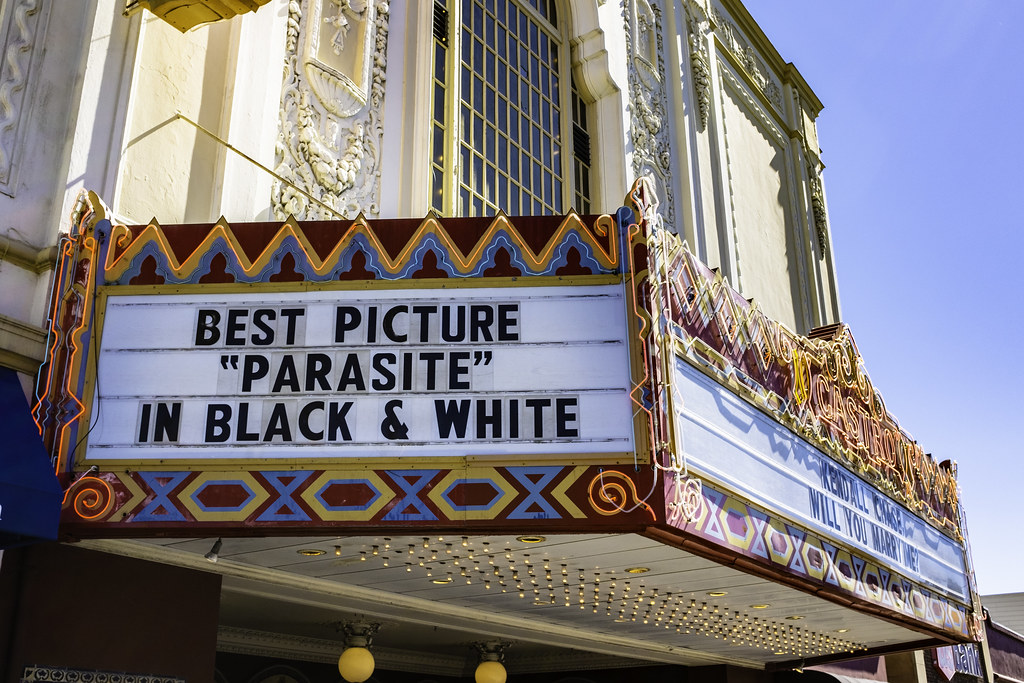
One cultural aspect that can be seen throughout the movie is the Korean cultural ideals of respect. Min yells at a drunk man in front of the Kim family’s home using disrespectful language despite the drunk man being Min’s elder. This is also seen when the characters bow to say thank you or upon meeting someone. When Ki-woo is talking with the boss of the pizzeria they both speak to each other using formal language. He uses formal language to show respect to the boss, while she uses formal language towards Ki-woo because he is older than her. Later, Moon-Gwang called the mother, Chung-sook “unni” meaning sister. Chung-sook finds this disrespectful as her and Moon-Gwang do not know each other very well. In the United States there are no particular rules to respect. Though you should refer to superiors as Ma’am or Mrs. or Sir or Mr. Respectfullness plays a much more vital role in South Korean culture than in American culture.
Though my family does not allow shoes in our own house, this is based in Asian culture and many American families do not follow this. This is seen when Min walks into the Kim family household and leaves his shoes by the door as well as when Ki-woo visits the Park house. In the Park house you can even see they have specific slippers they wear around the house waiting at the front door for them to change into.
In the beginning of the movie they are concerned about no longer having WiFi signal. Chung-sook is especially worried about not having access to a messaging app. The subtitles translated this to WhatsApp so that it would be more familiar to non-South Korean audiences, however, the app she actually refers to is called Kakao Talk. Kakao talk is the South Korean equivalent to WhatsApp. In the United States, while many know about WhatsApp it is not as vital of a messaging source. However, for many people who have family that live outside of the U.S., WhatsApp is a very important messaging tool.
Even their drinks and food show the poverty disparity between both families. The Kim family is shown drinking FiLite beer while the Park family has various bottles of expensive liquor. As for food, they eat Ram-don which is a combination of Ramen and Udon, kimchi, rice and egg, pizza with hot sauce, and braised ribs. The Kim family tends to eat cheaper foods, like in the beginning of the movie when the father is eating plain sliced white bread. Whereas the Park family asks Chung-sook to make Ram-don with steak for them, which Chung-sook has never even heard of.
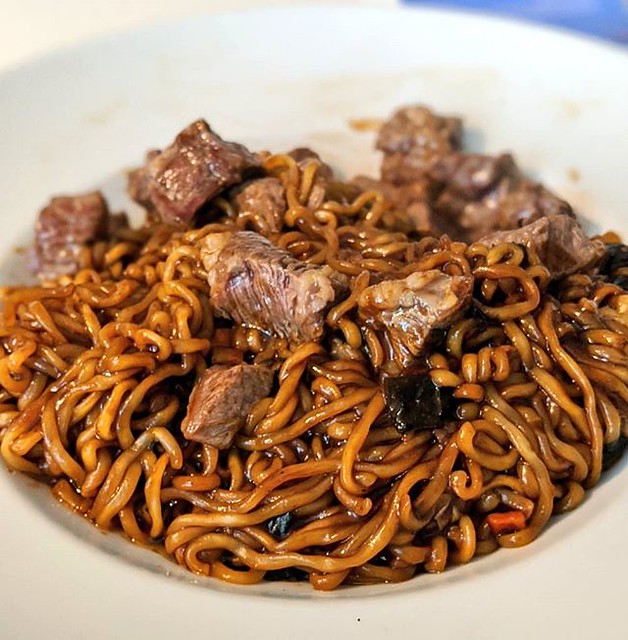
Later in the movie they discover a bunker under the house. They explain that many houses in South Korea have these underground bunkers in case of attack from North Korea. This reminded me of the bunkers some American’s had during the Cold War, in fear of nuclear attack from the Soviet Union.
There are also references to air pollution, specifically in the birthday planning scene where Mrs. Park is on the phone. She mentions the air pollution not being too bad and the sky being clear the day after a rain storm. South Koreas air quality tends to be poor due to pollutants being carried over by winds from China and other polluted areas. Mrs. Park mentions the rain being a blessing. Meanwhile, the Kim family saw this storm as a tragedy. With their semi-basement house, comaprable to underground apartments in New York City and other U.S. cities, this storm destroyed their home. Similar to the flooding in New York which destroyed many of these apartments during storms in recent years even causing multiple fatalities. After the flooding in the movie, Mrs. Park is seen picking an outfit for the party from her massive and filled walk-in closet. The next scene shows the Kim family in a storm shelter having to wait in line to pick clothes out of a pile.
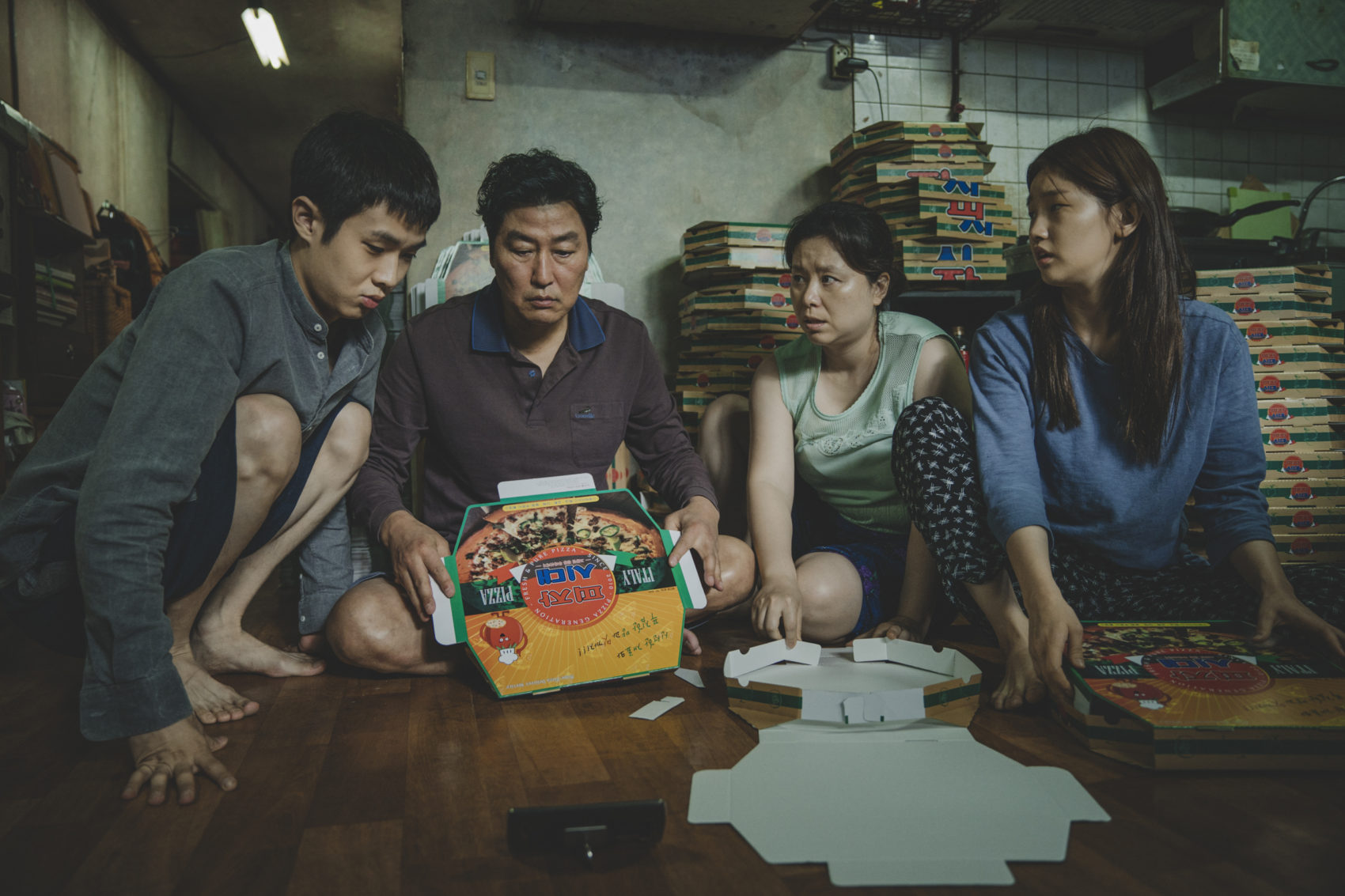
Parasite displays a social and economic commentary on the current state and politics of South Korea. Many comparisons can be drawn between South Korean culture as portrayed through the movie Parasite and culture in the United States.
Thank you for reading!
Samantha Pollina
Microsoft’s Immersive Reader
Many students and adults struggle with reading. Whether this difficulty they face is due to dyslexia, focusing issues, or something else, Microsoft’s Immersive Reader tool is here to help.

Immersive reader is a free tool offered in various Microsoft applications. The tool allows readers to customize font sizes, background or text colors, spacing, and more. As students read, the immersive reader highlights word by word and reads aloud, letting students keep up, stay focused, and comprehend their reading.
The video below shows a young boy named Karrick who used Immersive Reader to help him learn how to read.
Immersive reader can be used in Microsoft tools including Word, PowerPoint, OneNote, Teams, and many more.
For further information on Immersive Reader and other tools from Microsoft click here.
Thank you for reading. Be sure to follow me on Twitter.
Samantha Pollina
Sustainable Development Goals: Inclusive and Equitable Quality Education
The United Nations poses 17 interconnected goals to reach by the year 2030 as a “shared blueprint for peace and prosperity for people and the planet, now and into the future” (United Nations). While people working towards this may focus primarily on one goal all the goals are connected. Meaning if someone works to support goal 12: Responsible Consumption and Production they are also helping with goal 13: Climate Action, though it may not be the goal they intended. All the goals work together to reach a world of peace and prosperity.

As an educator Goal 4: Ensure Inclusive and Equitable Quality Education and Promote Lifelong Learning Opportunities for All, piqued my interest. As with every other aspect of life, this goal was greatly affected by the Covid-19 pandemic. In order to gain back the progress in improving education lost to the pandemic, 2021’s Higher Education Sustainability Special Event (an annual) focused on getting the 17 SDGs back on route to their 2030 timeline. While Goal 4 wasn’t the primary goal under the spotlight in 2021, as all SDGs are interlinked, it plays a key role in assisting with the others getting back on track.
Like the HESI Special Event, multiple sessions are arranged throughout the year in order to update progress and raise awareness for supporting the 17 SDGs. Other ways to meet this goal are:
- Promoting an inclusive and equal world for neurodiverse people
- Demand government to support improving education through funding
- Meet with policy makers to share opinions on what should change
- Implementing the SDGs into school curriculum
- Supporting non-hierarchal educational systems
- Work to become educated yourself and share your knowledge
- Spread the word about the SDGs
Reaching these 17 goals is vital to ensuring a peaceful and successful life for future generations. All of the goals, though their own separate entity, are interlinked and help to reach the others. The best way to reach these goals is to spread the word, many people are still unaware of these priorities for the future. In order to take further action we must first shine a light on the SDGs themself.
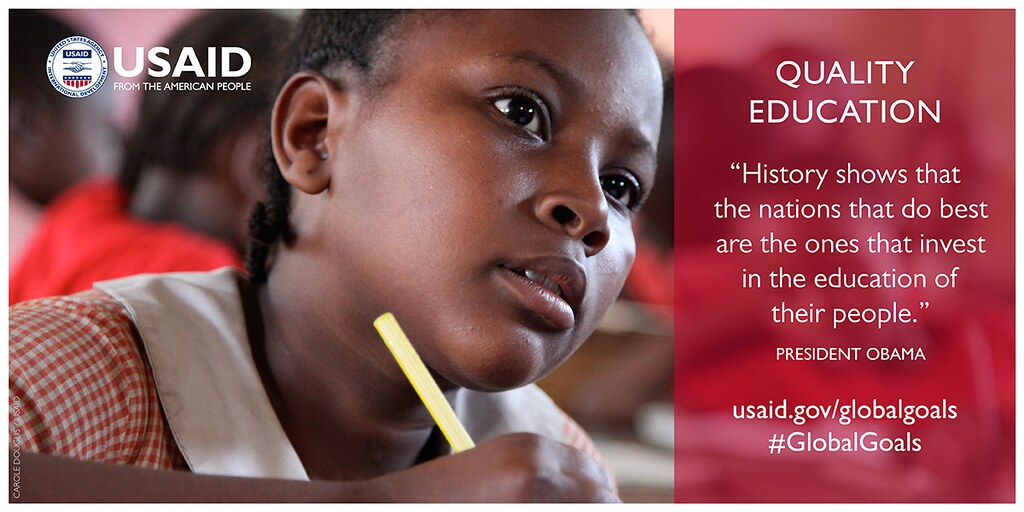
Thanks for reading! Be sure to follow me on Twitter.
Virtual Field Trips with Discovery Education
Discovery Education is a tool that allows students to travel without ever leaving their desks. This program is great to implement in a History or Social Studies classroom. Traveling is vital in education, however, not everyone has the resources to travel frequently, if at all. Many schools do not have the funding for field trips, but with Discovery Education, all students can have equal access to the benefits of travel.
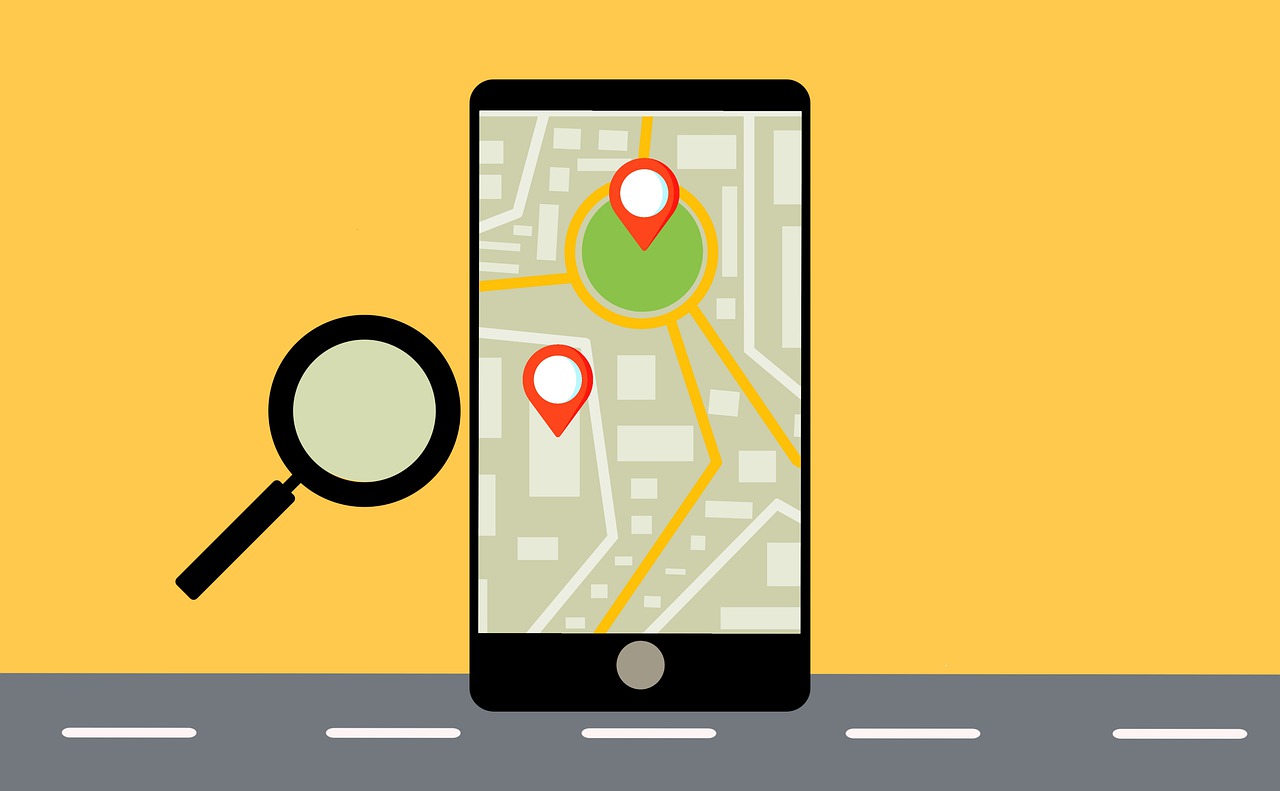
Discovery Education has both live and on-demand virtual field trips. The on-demand feature allows teachers to use the same source for every class. The program includes multiple on-demand field trips involving important sites for teaching Social Studies or History to high schoolers. These trips include The City of U.S., 9/11: Day of Service, Magna Carta: The Story of Our Human Rights, and many more.
These virtual field trips with Discovery Education can be implemented into a history or social studies classroom to give students a visual source of learning. These field trips can be used to teach students about the White House, historical events, important documents that shape our world, and more.
Thanks for reading! Be sure to follow me on Twitter.
Samantha Pollina
Collaborate with Popplet
Collaboration plays a vital role in education. It involves the assistance and effort of all members, coordination of thoughts and ideas between all members, and compiling these thoughts and ideas into one final project.

Popplet is a program that allows students to create a mindmap together. This can be used for taking notes, assignments, and more. This allows students to communicate with each other, ask questions, and explain things to each other that they may be struggling with.
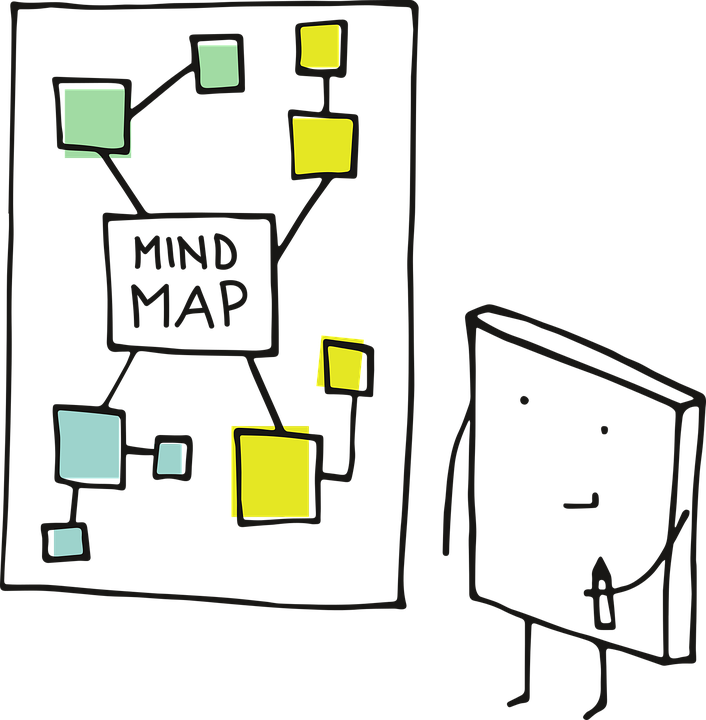
Mindmaps can be used to organize thought processes, chain reactions, brainstorming for a project, and other assignments. Popplet provides students with an organizational tool that they are able to collaborate and build upon together. This tool even allows students to draw, add pictures, and add youtube videos to their popplet.
Below is a video that gives a brief overview of the program.
Common Sense Education wrote a review for the app that explains how to integrate the app into your classroom. It also goes on to explain things that could be added to make the app better and more accessible for teachers and students. They even draw lines between the pros and cons of the program.
Thanks for reading! If you enjoyed this post be sure to follow my Twitter.
Samantha Pollina
Recent Comments